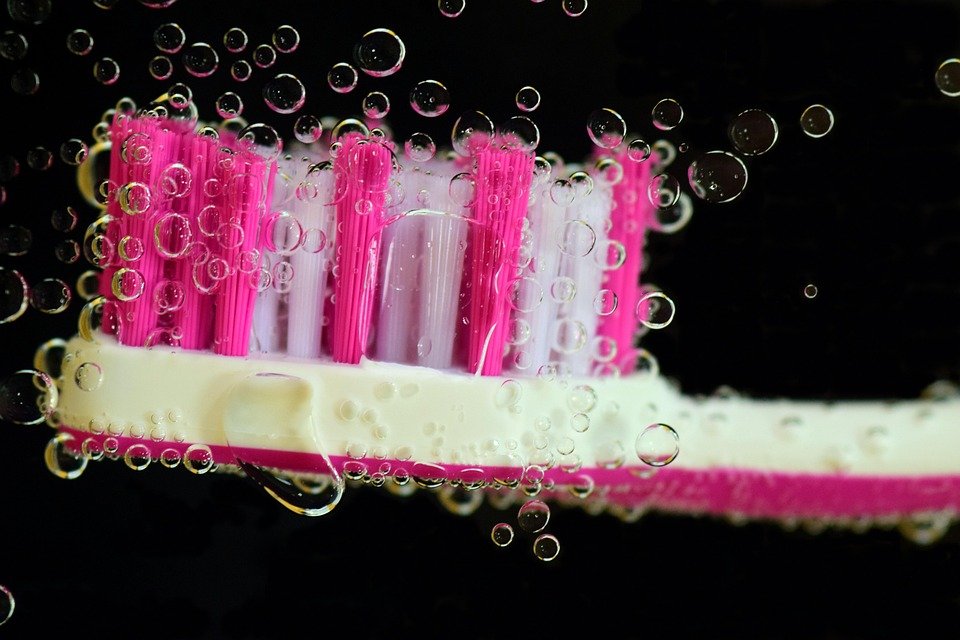What are the advantages of 3D modeling over traditional dental methods?
I’m a dentist, and I’m trying to decide if the investment in 3D modeling software and equipment is worth it for my practice. We currently rely on traditional impression techniques, stone models, and manual fabrication for things like crowns, bridges, and dentures. I’m particularly interested in understanding the tangible benefits, especially regarding accuracy, turnaround time, cost-effectiveness in the long run, and patient comfort. I’m also curious about how 3D modeling can improve communication with labs and patients. Has anyone made the switch and seen significant improvements in these areas? I’d love to hear specific examples or case studies if possible. What about the learning curve? Is it a steep one for the team to master? And are there any downsides I should be aware of before committing? Thanks!
Answer
3D modeling offers significant advantages over traditional dental methods in several key areas, including accuracy, efficiency, communication, customization, and patient comfort.
Accuracy and Precision:
- Reduced Errors: Traditional methods often rely on manual processes such as taking physical impressions, which are prone to distortion and inaccuracies. 3D modeling, utilizing digital scanning, minimizes these errors by capturing precise data directly from the patient’s mouth.
- Improved Fit and Function: The higher accuracy of 3D models translates to better-fitting restorations, appliances, and surgical guides. This leads to improved function, reduced need for adjustments, and increased longevity of dental treatments.
- Detailed Visualization: 3D models provide a highly detailed visualization of the patient’s dentition, allowing dentists to identify subtle issues that might be missed with traditional methods. This enhanced visualization enables more accurate diagnosis and treatment planning.
- Precise Surgical Planning: In surgical applications, 3D modeling combined with cone-beam computed tomography (CBCT) scans allows for the creation of surgical guides. These guides ensure precise placement of implants, reducing the risk of complications and improving surgical outcomes.
Efficiency and Workflow:
- Faster Turnaround Times: Digital workflows significantly reduce the time required for designing and manufacturing dental restorations and appliances. This means patients can receive their final restorations or appliances much sooner than with traditional methods.
- Streamlined Communication: 3D models can be easily shared electronically between dentists, specialists, and dental laboratories, facilitating seamless communication and collaboration. This reduces the need for physical models and improves the overall efficiency of the treatment process.
- Reduced Storage Space: Digital models eliminate the need for physical storage of plaster models, freeing up valuable space in dental offices and laboratories.
- Chairside Milling: With the advent of chairside milling units, some restorations can be designed and manufactured directly in the dental office during a single appointment. This eliminates the need for multiple appointments and further reduces turnaround times.
Customization and Personalization:
- Tailored Treatment Plans: 3D modeling allows for highly customized treatment plans that are tailored to the individual patient’s needs and anatomy.
- Predictable Results: Digital simulations can be used to visualize the final outcome of treatment before it is even started, allowing patients to make informed decisions and providing greater predictability.
- Complex Restorations: 3D printing and milling technologies enable the creation of complex restorations and appliances that would be difficult or impossible to fabricate using traditional methods. Examples include intricate implant abutments and custom orthodontic aligners.
- Material Options: Digital workflows support the use of a wide range of advanced materials, such as zirconia and lithium disilicate, which offer improved strength, esthetics, and biocompatibility compared to traditional materials.
Patient Comfort and Experience:
- Reduced Discomfort: Digital impressions are generally more comfortable for patients than traditional impressions, which can be messy and cause gagging. Intraoral scanners are small and non-invasive, providing a more pleasant experience.
- Improved Patient Education: 3D models can be used to educate patients about their oral health conditions and treatment options. The visual nature of the models makes it easier for patients to understand the proposed treatment and its potential benefits.
- Less Invasive Procedures: The increased accuracy and precision of 3D-guided surgery can lead to less invasive procedures, resulting in reduced pain and faster healing times for patients.
- Increased Patient Satisfaction: Overall, the enhanced accuracy, efficiency, and customization of 3D modeling contribute to increased patient satisfaction and improved treatment outcomes.
Communication and Collaboration:
- Enhanced Communication with Labs: Digital models can be instantly transmitted to dental labs, reducing shipping time and the risk of damage. This allows for faster and more efficient collaboration on the design and fabrication of restorations.
- Improved Specialist Referrals: When referring patients to specialists, 3D models provide valuable information that helps specialists understand the patient’s case and develop appropriate treatment plans.
- Collaboration with Surgeons: In cases requiring surgical intervention, 3D models can be used to plan the surgery and create surgical guides, facilitating collaboration between the dentist and the surgeon.
In summary, 3D modeling offers a wide range of advantages over traditional dental methods, resulting in more accurate, efficient, customized, and comfortable dental care.

Post Comment